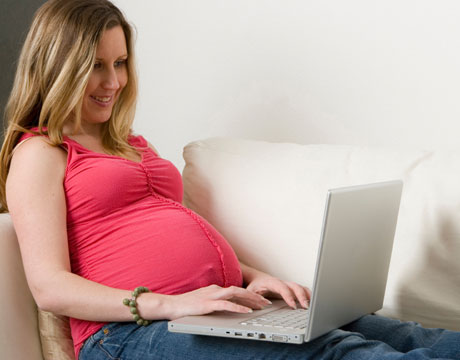In this blog, you will read the 5 birth positions you haven’t considered but you should. Find out more through reading this blog.
We’ve all seen the Hollywood portrayal of birth: the star is either on a hospital bed mid-Lamaze breath or sprawled out in the back of a car, grunting. And then there’s real life. Here’s something you’re OB probably won’t disclose to you: lying on your back is the most painful way to give birth. Not only does it stress the body and require more pushing, but gravity works against you. OBs prefer delivery beds because it’s easier for them to deliver the baby. Here are 5 birth positions that will be easier for you.
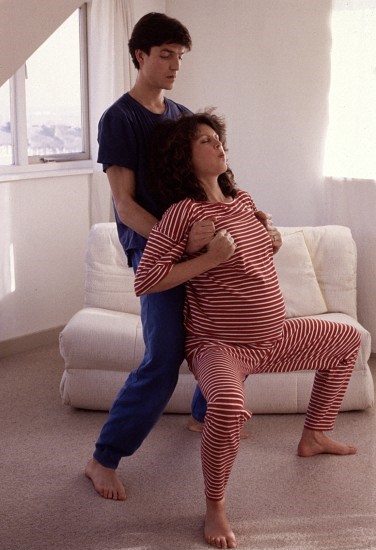 Supported Squat
Supported Squat
Believe it or not, this is one position really works. Why? Because it works with gravity to help your baby speed through the vaginal canal. In this position, your birth partner supports your weight, while a midwife of OB kneels to guide the baby out. In this position, your pelvis naturally aligns with the birth canal, and can create a wider opening for your baby’s passage. Some women report that contractions are less painful in this position as well. Since the function of contractions is to open the body, this may be because squatting naturally encourages the muscles to do this on their own. Be aware however, that position requires support—your partner should be strong and in good shape!
Full Squat
Start doing those lunges! The full squat birth position is one favored by many women around the world for a simple reason: it works. Civilizations as early as the Aztecs recognized the value of this birthing position and created statues to capture its importance. Tlazolteotl, the goddess of fertility is often depicted giving birth in a full 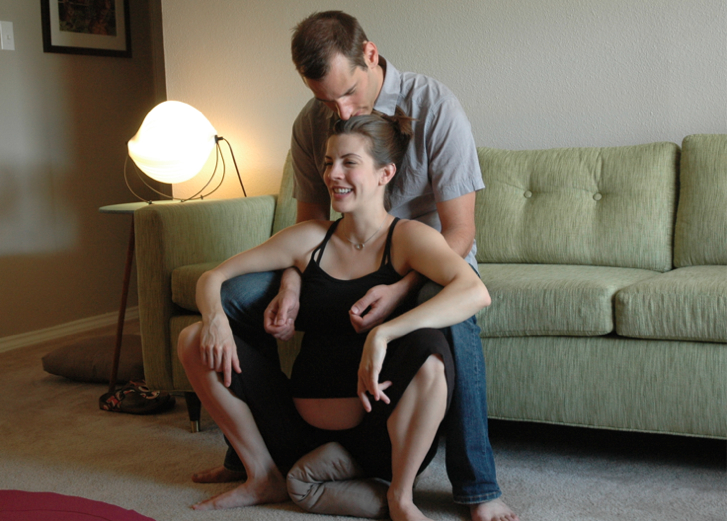 squat. This position not only uses gravity to speed the labor process, but it can also open the pelvis, reducing the stress on the body and need to push. If you’re considering this position, you should also consider using a birthing ball for support. An experienced midwife can easily deliver a baby in this position!
squat. This position not only uses gravity to speed the labor process, but it can also open the pelvis, reducing the stress on the body and need to push. If you’re considering this position, you should also consider using a birthing ball for support. An experienced midwife can easily deliver a baby in this position!
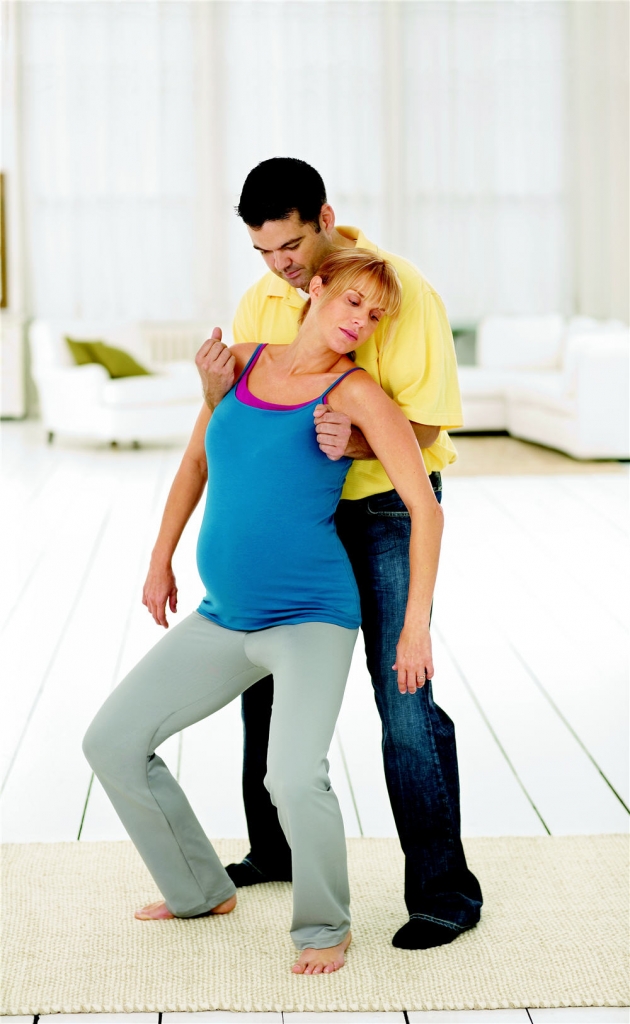 Standing
Standing
The strongest benefit to standing while giving birth is gravity; gravity gently reaches up and helps your baby navigate the birth canal, which in turn shortens the entire labor process. Pushes are also more effective, and the standing position typically shortens the entire pushing session. However, there are two main drawbacks to laboring in a standing position. First, it requires determination: you have to be ready to endure those contractions remaining upright. Second, this position is the hardest for your healthcare professional to deliver the baby. Ultimately, standing may be best used in conjunction with other positions; consider remaining standing for as long as possible and then transition into a squat or kneeling position.
Sitting Upright
Sitting is a wonderful position for the first two stages of labor, but no so much for the third and final stage.  Sitting on a birthing ball or a low bench is ideal; you want to keep a straight spine and help to guide the baby down. Some midwives may recommend asymmetrical sitting, which is where one foot stays on the floor while the other rests in line with your bottom. This position can relieve pain and nudge the baby into a good birthing position.
Sitting on a birthing ball or a low bench is ideal; you want to keep a straight spine and help to guide the baby down. Some midwives may recommend asymmetrical sitting, which is where one foot stays on the floor while the other rests in line with your bottom. This position can relieve pain and nudge the baby into a good birthing position.
Kneeling on All Fours
This position is wonderful if you’d like to use a birthing aid such as a pillow, bean bag, or birthing ball. It also works with gravity to make contractions and pushing more effective. Advocates of this position state that kneeling helps to align the baby with the birth canal, which can speed labor. Additionally, this 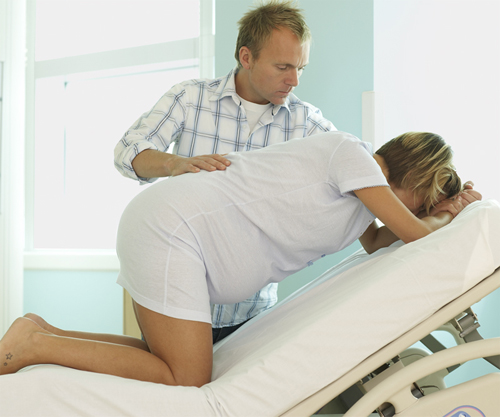 position offers relief from back pain—especially if the baby is riding the spine. Drawbacks to this position include the difficulty in monitoring the baby, as well as the delivery angle from your OB or midwife’s perspective. This may be another position to use in the first and second phase of labor and then transition to a squat or supported squat position.
position offers relief from back pain—especially if the baby is riding the spine. Drawbacks to this position include the difficulty in monitoring the baby, as well as the delivery angle from your OB or midwife’s perspective. This may be another position to use in the first and second phase of labor and then transition to a squat or supported squat position.
Your pregnancy will be full of choices; how you give birth is just one of the many decisions you’ll have to make. Luckily, you have nine months ahead to research positions, talk to women, and discuss your options with your OB or midwife. And remember: you can always change your mind once you’re in labor! Trust your body and listen to what it naturally wants—you’ll do great.
[lamoud_Pregnancy_Calculator]My content[lamoud_Pregnancy_Calculator]

